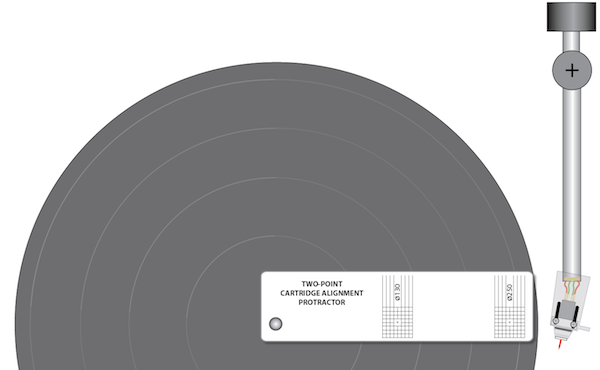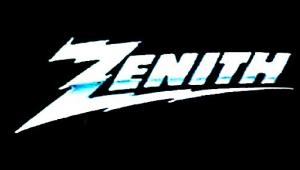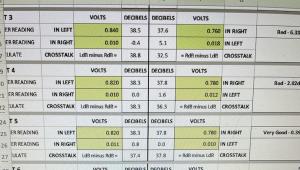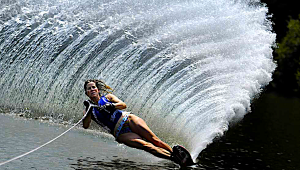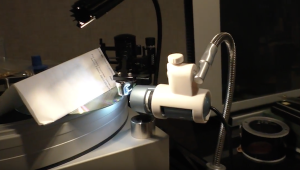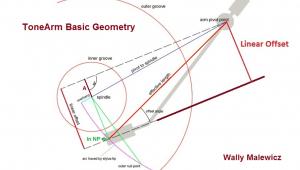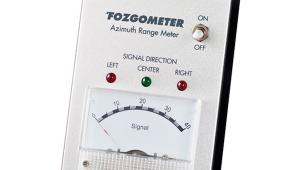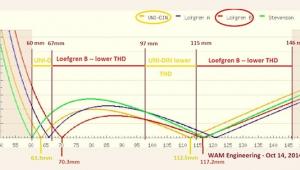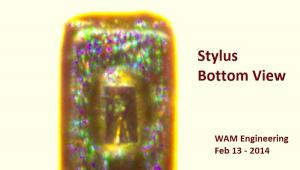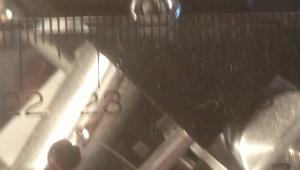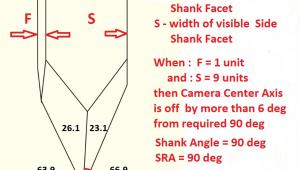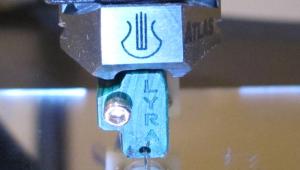Talk about pulling the hair from your head! However, after years of other BS methods, this thing actually makes my setup sound better.
A question for others that have used this gauge: as you know,m the clear overlay has the grid marks, but the lower plastic card has the stylus alignment point.
'Trouble is, that clear overlay wants to always "bow up", thus making a gap between the cards, resulting in optical "offset" or something of the sort. 'Any way to make that card lay down, short of putting some weights on it -- tiny ones at that; something that would still allow movement of the whole gauge and/or sliding of the overlay.
Whomever called this thing "fiddly" hit the nail on the head. But as I said, if you've got the patience you will be rewarded!
